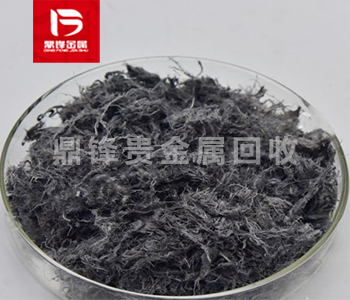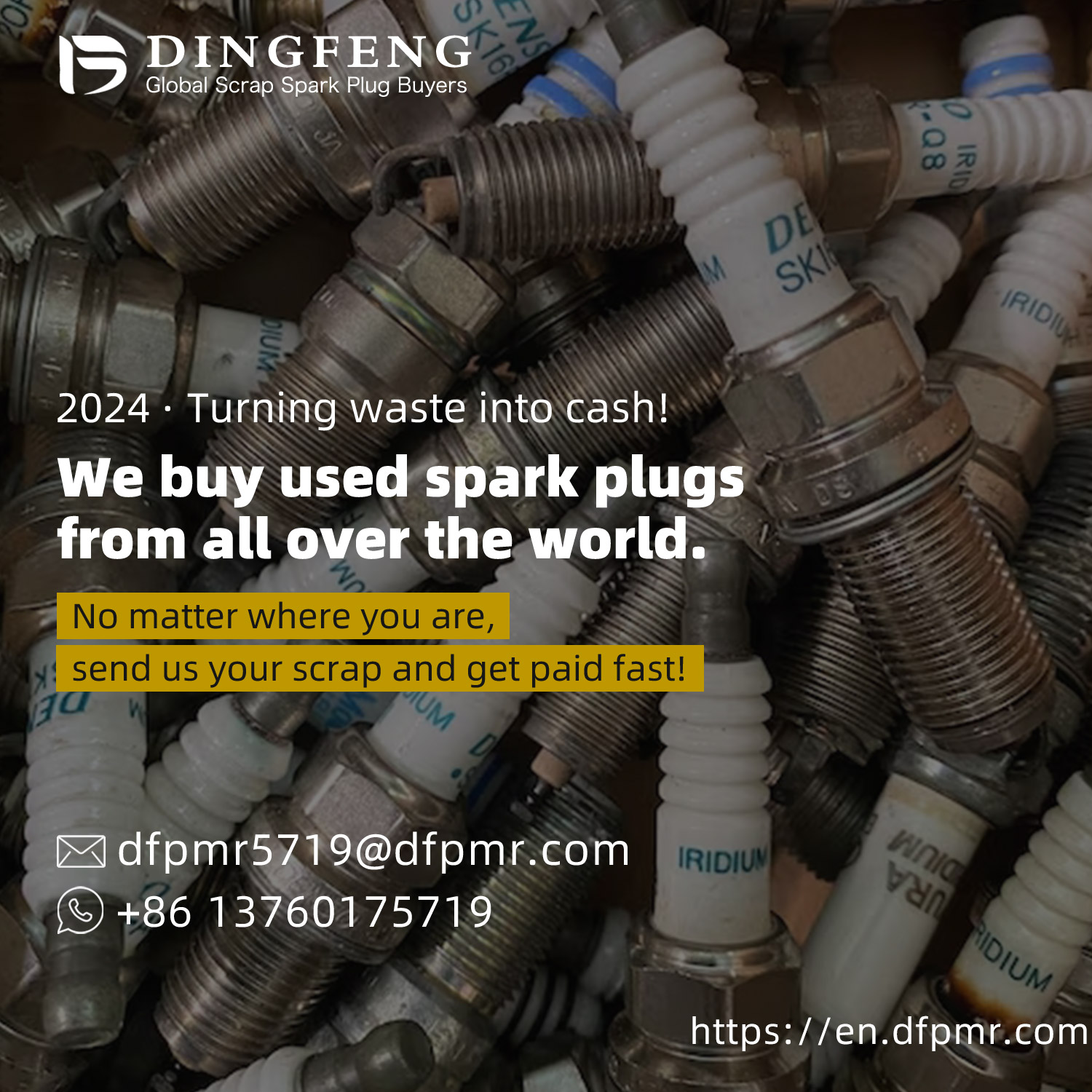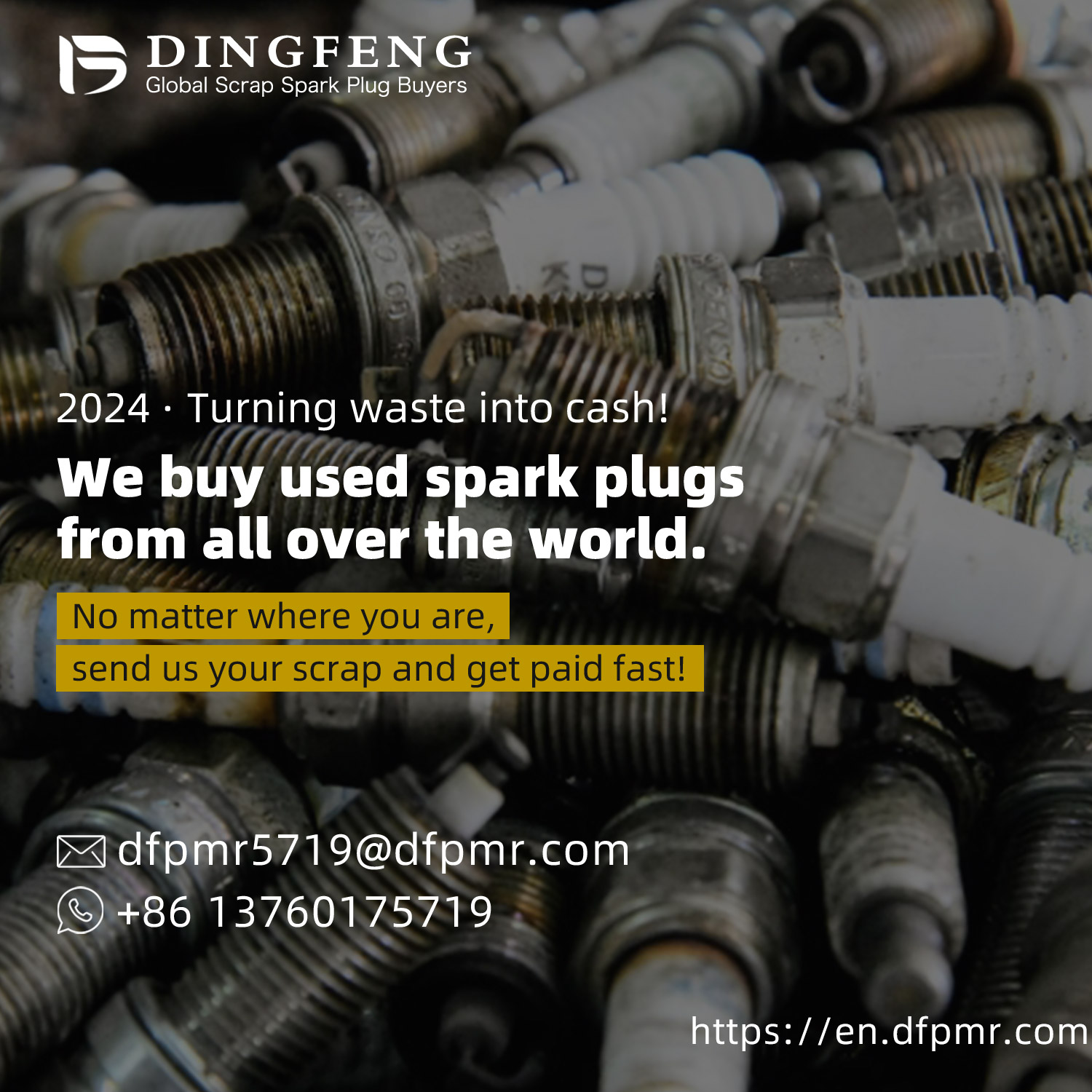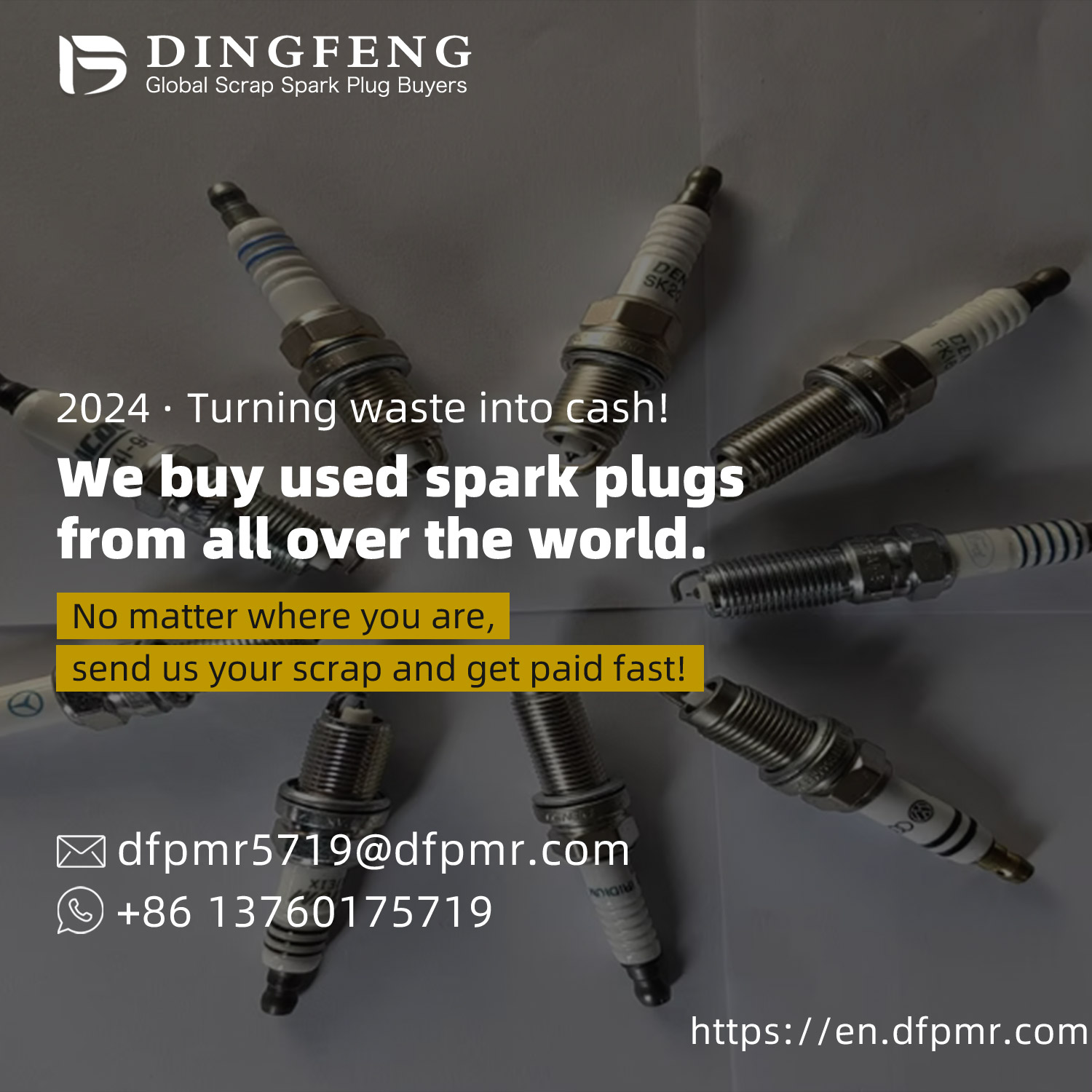Deeply understand the technology of gold salt recovery
What is gold salt?Gold salt is a compound that combines gold with one or more other elements. Gold salt is usually present in industrial waste and electronic waste (electronic waste), and is a potenti
What is gold salt?
Gold salt is a compound that combines gold with one or more other elements. Gold salt is usually present in industrial waste and electronic waste (electronic waste), and is a potential rich source of gold. Industrial processes such as electroplating, printed circuit board manufacturing, and metallurgical operations can generate waste streams containing gold salts. Recycling gold from these sources is an effective way to recover gold and minimize the environmental impact of gold mining.
Common recovery methods and steps for gold salt
The method of recovering gold salt, also known as recovering gold from cyanide leaching solution, typically involves the use of activated carbon or zinc precipitation. In this process, gold is extracted from the ore by dissolving it in a cyanide solution and then separating it from the solution through adsorption or precipitation. The process can be divided into several steps: 1. Ore preparation: The gold bearing ore is crushed and ground into fine powder, which increases the specific surface area and makes gold extraction easier. 2. Leaching: The crushed ore is mixed with a cyanide solution, which forms a complex with gold ions to dissolve gold into the solution. This process is usually carried out in large cans or barrels. 3. Adsorption or precipitation: Gold cyanide solution adsorbs or precipitates gold ions from the solution through activated carbon or zinc filings, forming a solid gold product. 4. Desorption or dissolution: For activated carbon, gold is desorbed from the carbon using a hot caustic solution or electrowinning method. For zinc precipitation, gold is separated from zinc by filtration, dissolution, or smelting. 5. Gold purification: Then, refining processes such as the Miller or Walwell processes are used to further purify gold to obtain high-purity gold.
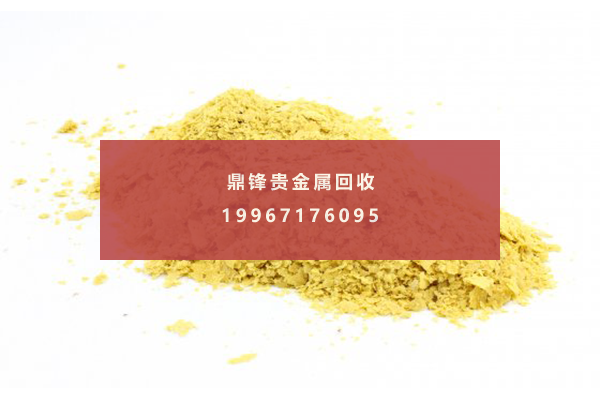
Advantages of the gold salt recovery method:
High recovery rate: This method can recover up to 95% -98% of gold from low-grade ores, making it an efficient and cost-effective technology. Scalability: Depending on the size of the gold bearing deposit, this process can be easily scaled up or down. Mature technology: This method has been widely applied in the gold mining industry, with a large knowledge base and professional knowledge, which can be used for optimization and troubleshooting.
Disadvantages of gold salt recovery methods:
Environmental impact: The use of cyanide may be harmful to the environment, especially if improperly managed, as it can be toxic to aquatic organisms and pose a risk to human health if it pollutes water sources. Complexity: The process involves multiple steps, which may increase the complexity and cost of the overall operation. Safety issues: The use of hazardous chemicals, such as cyanide and corrosive solutions, poses a safety risk to workers and requires appropriate handling, storage, and disposal measures.
Future development trend of gold salt recycling:
1. Gravity concentration: This method depends on the density difference between gold and other minerals in the ore. By using equipment such as screws, vibration tables, or centrifugal concentrators, gold particles can be separated according to higher densities. This technology is environmentally friendly, but may not be as effective in recovering small gold particles. 2. Flotation: This process includes selectively attaching gold particles to bubbles and floating them on the surface where they can be collected as foam. Flotation is usually combined with gravity concentration or other pre concentration methods to improve overall recovery. It requires the use of chemicals, but generally speaking, these chemicals are less toxic than cyanide. 3. Thiosulfate leaching: Thiosulfate leaching is an alternative method for cyanide leaching of gold recovery. It includes the use of Ammonium thiosulfate and Copper(II) sulfate as leaching agents, which are less toxic than cyanide. However, this process may be more complex and require specific conditions to optimize gold extraction. 4. Bioleaching: This method uses bacteria and other microorganisms to decompose and dissolve gold from ores. This process is environmentally friendly, but may be slower and less efficient compared to other methods. Magnetic separation: This technology uses a magnetic field to separate gold particles from gangue, based on their differences in magnetic properties. However, the efficiency of this method is limited because gold itself is not magnetic and usually requires pre-treatment or the addition of magnetic materials to make it effective.
The gold salt recovery method is an effective and scalable technology for extracting gold from low-grade ores. Each alternative method has its advantages and disadvantages. In some cases, a combination of multiple methods can be used to achieve the required recovery rate while minimizing environmental and safety impacts.
&Quot; Dingfeng Precious Metals Recycling includes precious metals such as gold, silver, palladium, rhodium, platinum, germanium, iridium, ruthenium, etc. This is our business in precious metal recycling. If you have precious metals such as gold, silver, palladium, rhodium, platinum, germanium, iridium, ruthenium that need to be recycled, please contact us and we will provide you with a satisfactory price& Quot;



